Also this year We Art Open is back with its fifth edition. The event, born and promoted by No Title Gallery, is a cultural project aimed at promoting and enhancing current national and wider artistic research. Among these Beatrice Gelmetti (Verona, b. 1991) stood out as the winner. Graduated from the Academy of Fine Arts in Venice in 2019, she currently works and collaborates at the Kadabra studio and the Malutta foundation, both also located in Venezia.
We had the pleasure of interviewing this talented and young artist.
Antonella Buttazzo: Would you like to explain the vision we find in your works?
Beatrice Gelmetti: In my poetics the aniconic and gestural approach alternating with figural elements is a dominant feature. The great gestural interventions of pure color, the mold of the rubbing of my arms and the sedimentations of the water or oil flows of color are the subjects of an almost contemplative study. The traces and sedimented materials become important suggestions for my imagination, these great trails tell stories, evoke places near and far – real or imaginary – acting as a bridge between material and figurative reality. In the conversations I read in my own work, I listen to the desire to play with ambiguity and amazement, the knowledge hidden in surfaces and materials lead my exploratory interest to the continuous attempt to bring out the potential of the pictorial material in its maximum. The choice of the figure often occurs to help me evoke a certain intimacy, both for a personal need and to arouse a certain welcome in the user who thus finds himself accompanied in the observation towards a certain line of reading of the image. In many works, a certain livability of the canvas is perceived through the dominant ecosystem on the surfaces of the larger formats that looms and engulfs us as if observing a large landscape where trees and large brushstrokes and gestures arise from the same soil. In their differences, all the composers of these images breathe the same air so that the elements of the different perspective planes – one more linked to a landscape view and the other to an abstract reality – meet and dialogue between the staves of these lyrics pieces made of painting.
Can you tell us about your experience with WAO? Why did you decide to participate? What does it mean to have won?
I find that the possibility that We Art Open and the No Title Gallery offer to participating artists is interesting in many ways, the prizes are various, not only the cash prize, there is in fact the possibility of winning the communication prize which I find very interesting for emerging artists. The exhibition venue at the GAD in Giudecca in Venice has intriguing set-up skills and in recent years has hosted very interesting events. These and others are the reasons why I decided to try to be selected and winning was a wonderful surprise! I am grateful that my work in competition has aroused this interest. Furthermore, I believe that opening up to a jury and subsequently to an audience can only increase the experiential practice of each artist, contact with the outside and the stranger is one of the formative aspects of the artist’s work.
The work you won with is called Trillo. Could you give a definition of your style through it?
In the work presented, a mysterious form appears towards the center of the image, made up of clay and oil paint, as a sudden sound or a tinkling triggers a reaction of alarm and amazement in this landscape animated by large sedimentations, aniconic gestural brushstrokes, fragments of landscapes and hares. We find ourselves in front of an escape scene where the speed of the hare allows us to savor the earthly dimension of this image, a distorted and upside-down landscape rich in figural landscape fragments in which the tinkling of the mysterious central and luminous element tries to be perceived among the free rhythms of pictorial matter. There are many dialogues between the various dimensions that collide, meet and coexist in the same environment, free gestures and figurative references breathe the same air and contaminate each other in a fluid, rapid and continuous way. There are thicker interventions consisting of dry clay applied with oil color and varnishes, this different dimension helps in the appeal of the earth, its porosity and importance. The tactility of the work becomes another important and constitutive element of the image; it is perceived from a first glance by the observer, who is invited to confirm his feeling by freely touching the surface, it is my interest to give an experience and open my works to the touch and to an evocative perception that goes beyond and together with the visual dimension.
What does it mean to be an artist today? Would you like to leave us some of your reflections on emerging art?
I have always seen in artistic practice the element of research as a fundamental pillar, in recent years I have found that there is a greater interchange between galleries, collectors and art lovers towards research, the process of the works and consequently the artist studios. These last years of social closure and limitations have been difficult especially for young emerging artists but as in all darker times the lights that come on are the brightest, I find that we find ourselves in a historical period in which emerging art is becoming center of ever greater interest, many artists collaborate with each other, increasing this desire for contact, sharing, union and friendship. There are many artists I admire and making a list of them now would be complex, but I can say that I am very grateful to have trained in Venice and to be lucky enough to have exceptional artists near me. I feel an attractive force in the works of many contemporary artists towards the unknown, the magical, the prophetic, the dream, as if a universal atavistic force lived in the minds and hands of every artist who has decided to live this life with coherence and research.
To conclude I’d like to ask you: what are your next goals?
I would like to participate in many artistic residencies and find locations and collaborations to bring to light ambitious projects that I have been keeping in my mind for some time, I also feel the need to push my imagination towards horizons further away than the size of the canvas, I reason a lot about how my artistic practice can connect more and more with the outside, with the environment with the stranger.
Info:
Instagram: @beatricegelmetti
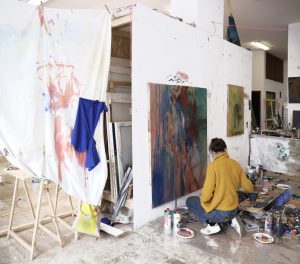 Beatrice Gelmetti painting in her studio
Beatrice Gelmetti painting in her studio
 Beatrice Gelmetti, Trillo, 2021, acrylic and oil on canvas, 150 x 170 cm, courtesy the artist
Beatrice Gelmetti, Trillo, 2021, acrylic and oil on canvas, 150 x 170 cm, courtesy the artist
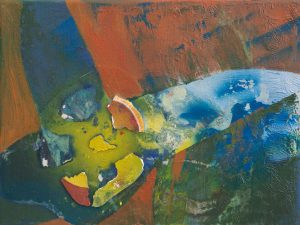 Beatrice Gelmetti, Senza titolo, 2021, acrylic and oil on canvas, 18 x 13 cm, courtesy the artist
Beatrice Gelmetti, Senza titolo, 2021, acrylic and oil on canvas, 18 x 13 cm, courtesy the artist
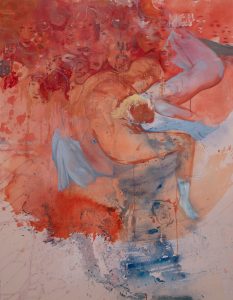 Beatrice Gelmetti, Siesta, 2021, acrylic and oil on canvas, 130 x 170 cm, courtesy the artist
Beatrice Gelmetti, Siesta, 2021, acrylic and oil on canvas, 130 x 170 cm, courtesy the artist
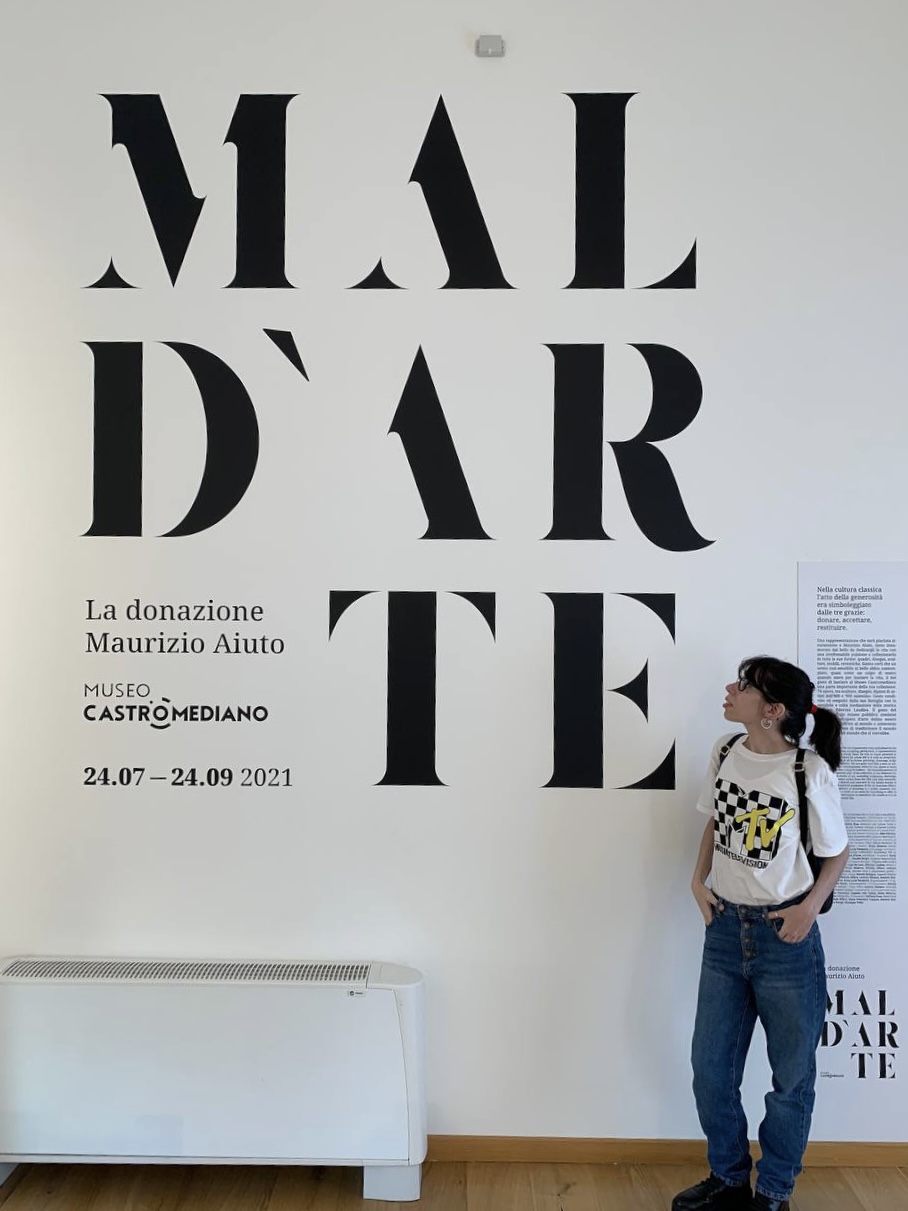
After obtaining the high school languages diploma, she continued her studies graduating in Art History at the University of Salento, with a bilingual thesis on the Pre-Raphaelites. Since then, she has been actively contributing as a columnist and collaborator with national blogs and with local magazines and TV programs.


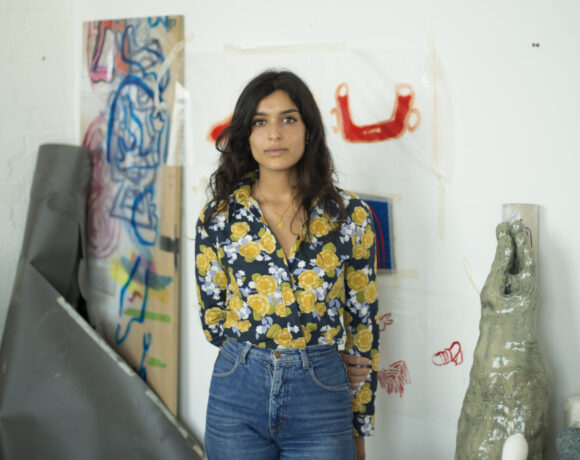
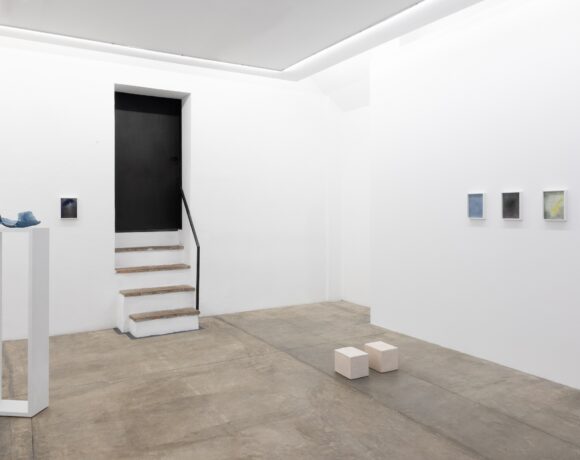
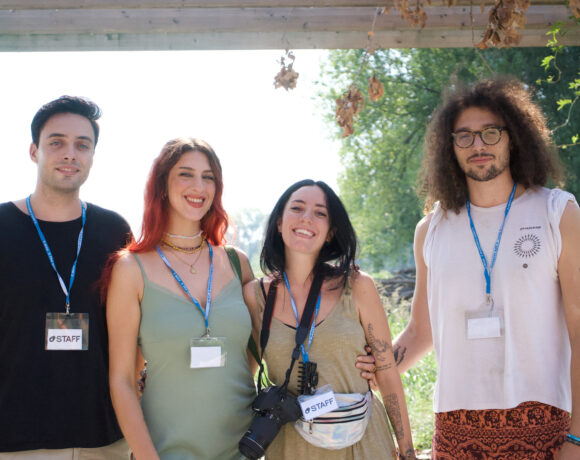

NO COMMENT